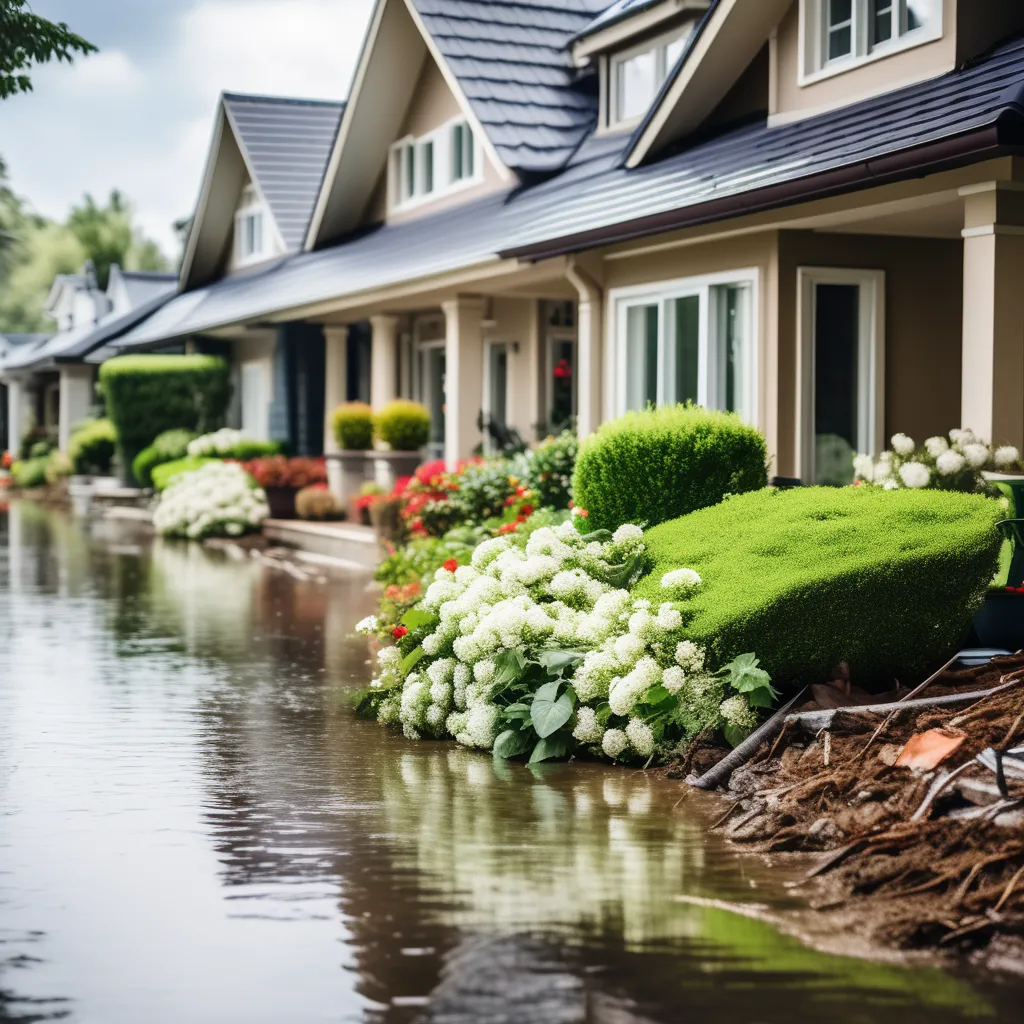Navigating Insurance After a Natural Disaster: Your Recovery Roadmap
When nature throws its curveballs, the aftermath can be overwhelming. From wild hurricanes to unpredictable earthquakes, dealing with insurance after a natural disaster can feel like a labyrinth. Let's navigate this road together and turn chaos into a step-by-step recovery plan.

The Stormy Situation – Learning from Sarah's Hurricane Havoc
Sarah's Encounter with Hurricane Fury
Meet Sarah, a resident of a coastal town who faced the wrath of Hurricane Harmony. Her house, once standing proud, now resembled a puzzle scattered by the wind. The first lesson? Document everything. Sarah snapped photos, made lists, and kept track of every damaged item. This meticulous approach became her insurance game-changer.
The First Steps - Safety First, Document Second
Step 1: Prioritize Safety
In the aftermath of a natural disaster, safety is the north star. Ensure everyone is okay, seek medical attention if needed, and only then focus on the next steps. Sarah's family made their safety a priority before delving into the insurance saga.
Step 2: Document the Damage
Just like Sarah, grab your camera or smartphone and document every nook and cranny affected by the disaster. This visual evidence will be your advocate when you file an insurance claim. From the roof's missing tiles to the flooded living room, don't leave anything out.
Navigating the Insurance Claim Maze - Sarah's guide to Success
Contact Your Insurance ASAP
Once the dust settles, contact your insurance company pronto. Sarah didn't waste time – she picked up the phone and started the claims process. The sooner you begin, the faster the wheels of recovery start turning.
Understand Your Policy
Insurance policies can read like a novel, but understanding the fine print is crucial. Sarah sat down with her policy, highlighting the sections relevant to her situation. Know what your policy covers and what it doesn't. If in doubt, ask your insurance representative for clarification.
The Adjuster's Visit – Sarah's Face-to-Face with Solutions
Be Present during the Inspection
When the insurance adjuster schedules a visit, be there. Sarah walked through her damaged home, pointing out every detail to ensure nothing was overlooked. This proactive approach can make a significant difference in the accuracy of your claim.
Keep Detailed Records
During the adjuster's visit, Sarah kept a record of the conversation. She took notes on what was discussed, any promises made, and the expected timeline for the claims process. It served as a handy reference when needed.
The Waiting Game - Patience is a Virtue
Stay Informed, Be Patient
After filing the claim, it's time to play the waiting game. Sarah stayed informed by regularly checking in with her insurance company. It's essential to be patient; the claims process can take time, especially after a widespread disaster.
Advocate for Yourself
If you encounter delays or feel your claim isn't progressing, be your own advocate. Sarah politely but persistently communicated with her insurance company, ensuring her case didn't get lost in the shuffle.
Wrapping Up - Rising from the Rubble
Dealing with insurance after a natural disaster is undoubtedly challenging, but with a strategic approach inspired by Sarah's journey, you can turn adversity into an opportunity for recovery. Remember, safety first, documentation second, and proactive communication throughout. In the face of chaos, let your recovery roadmap be a guiding light toward rebuilding and rising from the rubble.







